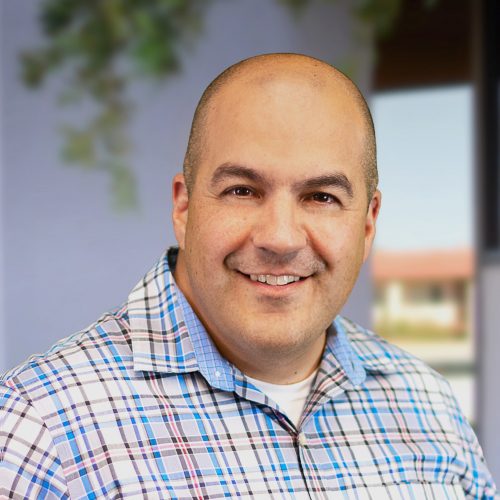

Extreme Ownership: It’s On Me
John Silva, Learning & Development Program Manager -Leadership
A report came across the radio. “We had a vehicle that would not comply with our directions to stop, and we engaged with our M240B Machine Gun to stop it.” This immediately got my attention, and I walked closer to the radio to hear the rest of the report. “The vehicle is disabled, but we are not sure of the status of the occupants.” I grabbed my gear and headed out with our 1st platoon to assess the situation.
This incident occurred during my last deployment to Iraq in 2011. As we headed out to the site, many scenarios ran through my head. What if they took the life of a civilian that was not hostile? How will this affect the relationship with the locals in our area? What will happen to the career of my Staff Sergeant, who made the decision to fire, if he was negligent? How will this incident reflect on our organization?
The enemy forces we were up against often used non-conventional tactics to attack us, such as car bombs, which is why the Staff Sergeant made the decision he did. We were winding down our time in Iraq, and the security situation had greatly improved. While there were still plenty of threats, it was nothing like many of our previous experiences in combat.
Once we arrived at the site of the incident, it was already deemed clear and the platoon medic was treating one of the occupants of the vehicle. I noticed how heavily damaged the vehicle was from the incident that took place, as I walked over to our medic. “These guys are lucky. Just some scratches – they will be fine.” he reported. I was relieved that the worse of the damage was to the vehicle and that the civilians were OK. I asked the Staff Sergeant in charge what had happened and he told me, “We signaled and yelled to stop over and over and they just kept coming at us. I felt they had hostile intent and we had to fire.” That was all I needed to hear and I told him that I supported his decision. As I walked away, I looked at the terrain they were on and where they had their vehicles. I saw several options they could have, and should have, taken to possibly avoid what happened. It was not the time or place to share my observations with them, so I decided to wait.
The coming days brought compiling reports on the incident, and answering many questions. In the end, we continued our mission and learned from the incident. I sat down with the platoon leadership,reviewed my observations of the scene, and provided recommendations on how to adjust their positioning and posture in the future. I felt the incident was their responsibility, and they could have done a better job in anticipating contingencies. As a leader, I did the best I could by supporting their decision since I was not there – right?
Looking back on the experience years later, this, and any questionable decisions my organization made, was my fault. We have all heard the saying in leadership, leaders are responsible for everything their team does, or fails, to do. What does it mean to really lead this way? What clarified my views on this topic is a book called “Extreme Ownership”, by Jocko Willink. The author sums up extreme ownership as, “Leaders must own everything in their world. There is no one else to blame.” We have all had something not go as planned, and we look to others to blame. Extreme ownership is all about seeing where you fit in the situation as a leader.
In that exact experience, I learned a lesson by applying extreme ownership: the incident, no matter how severe it could have been, was my fault. As the leader in the organization, I was responsible for all of the training that we conducted. The threat of the enemy using a car bomb in our area was low, so we didn’t address it. However, several leaders, myself included, had experience from previous deployments where the threat from a car bomb was at the top of the list, and training was constantly performed to mitigate it.
What I should have done was:
Integrate the necessary training to address the potential scenario of a car bomb
Shared the tactics employed previously to mitigate the risk
Taught them to consider this threat when selecting an area to stop and park (giving them more reaction time)
As leaders and team members, regardless of position, it is important to look at where we fit into the equation when our team falls short. If we blame one another when times are tough, the only thing we accomplish is damaging our relationships. Applying this concept not only professionally, but also in my personal life, has helped me to grow. Ownership is one of our core values we all live by here at GCNA. Our other values, such as trust, suffer when ownership is lacking. What opportunities do you see this week that can apply the concept of extreme ownership in your life? Take a moment to look at the complete picture with extreme ownership in mind, and own everything in your world.


